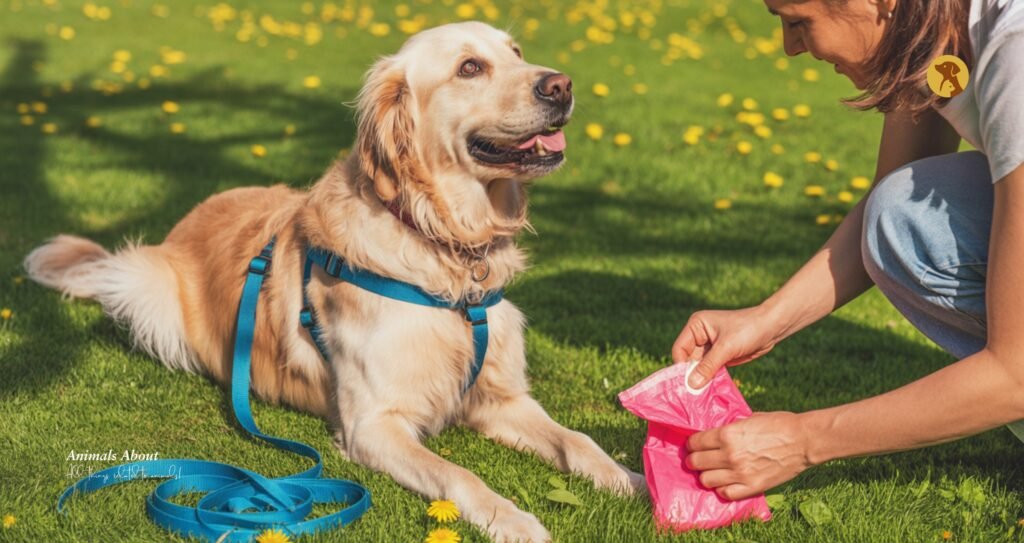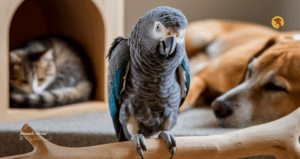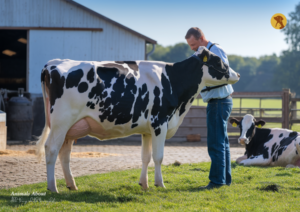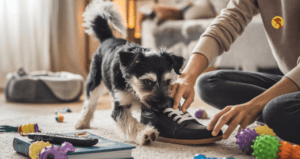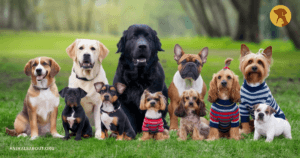Bringing home a rescue dog is a beautiful act of kindness. You’re giving a dog a second chance at life, but that often comes with its own set of challenges—especially when it comes to housebreaking. Whether your rescue dog is a young pup or an older dog, potty training a rescue dog requires patience, consistency, and compassion. In this article, we’ll walk you through the best way to potty train a rescue dog, using positive reinforcement, proven methods, and realistic expectations. By the end, you’ll have a clear understanding of how to create a potty schedule for dogs, prevent accidents, and build a trusting relationship with your new furry friend. If your rescue dog also struggles with barking or other behavior issues, check out our guide on why dogs bark and how to manage it.
Why It’s Different to Potty Train a Rescue Dog
Rescue dogs often come from a variety of backgrounds. Some may have been stray dogs, others might have spent time in shelters, and many have faced trauma or neglect. That means your dog might not have had the chance to learn basic bathroom rules before.
It’s essential to know that house training setbacks in rescue dogs are completely normal. You might be dealing with a rescue dog peeing indoors, hesitation to go outside, or confusion over where it’s okay to potty. Understanding their background can help you approach training with empathy.
Set Realistic Expectations When You Potty Train a Rescue Dog
Before jumping into a training routine, it’s important to assess your dog’s age, previous training (if any), and temperament. Housebreaking older rescue dogs may take a little longer, but it is absolutely possible.
💡 Interesting Insight: Some adult rescue dogs may never have lived indoors, so the idea of not peeing on the carpet is brand new to them!
Ask yourself:
- Is your dog completely new to home life?
- Have they shown any signs of previous potty training?
- Are they showing fear or anxiety during your interactions?
The answers to these will help you pick the best method for dog potty training in your specific situation.
How to Create a Consistent Potty Schedule to Potty Train a Rescue Dog
Consistency is key when it comes to rescue dog bathroom training. Dogs thrive on routine, and creating a daily schedule can dramatically improve potty success rates.
Here’s a sample potty schedule for dogs:
- First thing in the morning: Take your dog outside immediately after waking up.
- After meals: Within 15-30 minutes after eating, take them out.
- After playtime or naps: Dogs often need to relieve themselves after being active or resting.
- Before bedtime: Always give them a chance to go before sleeping.
Signs your dog needs to go potty include sniffing the floor, circling, whining, or heading toward the door. Recognizing these signals can help prevent accidents.
⏰ Pro Tip: Set alarms on your phone for each potty break during the early days of training.
Use Positive Reinforcement to Successfully Potty Train a Rescue Dog
One of the most effective methods in teaching rescue dogs to go outside is through positive reinforcement potty training. When your dog successfully goes potty outside, immediately reward them with treats, praise, or a short play session.
Rewards should be:
- Immediate (within 2 seconds of the behavior)
- Consistent (every time they potty in the correct place)
- Motivating (find treats they absolutely love!)
Avoid punishments for accidents indoors. Scolding or rubbing their nose in it can lead to anxiety or fear. Instead, calmly clean up and continue with the routine.
🐾 Training Tip: Keep high-value treats by the door or in your pocket during potty breaks.
Crate Training Tips to Help Potty Train a Rescue Dog
Crate training a rescue dog can be incredibly helpful for housebreaking. A crate creates a safe space that mimics a natural den, and most dogs will avoid soiling their sleeping area.
When used correctly, crate training can:
- Prevent unsupervised accidents
- Help your dog learn bladder control
- Provide structure and safety
To use a crate effectively:
- Choose a crate that’s just big enough for your dog to stand, turn, and lie down.
- Never use the crate as punishment.
- Take your dog out for regular potty breaks—especially after meals and naps.
🛏 Bonus Tip: Place a comfortable bed and safe chew toy in the crate to make it inviting.
Supervision and Confinement
Until your dog is fully house trained, supervision is critical. Use baby gates to limit access to parts of your home. This helps you monitor behavior and prevents your rescue dog from peeing indoors when you’re not looking.
If you catch them mid-accident, calmly interrupt and take them outside immediately. Praise them if they finish outdoors.
🧼 Accident Cleanup Tip: Use an enzymatic cleaner to remove odors and prevent re-marking.
Troubleshooting and House Training Setbacks
Even with your best efforts, house training setbacks in rescue dogs can happen. Stress, changes in routine, or even health issues can cause regression. Don’t panic—just return to the basics.
Common issues:
- Rescue dog behavior and toilet training conflicts
- Dealing with potty accidents during rainy or cold weather
- How long to potty train a rescue dog – this varies; some dogs take weeks, others need a few months
When in doubt, revisit your schedule, increase supervision, and reward every success. If problems persist, consider consulting a certified trainer or vet.
Bonus Tips: What Else Helps?
✅ Use clear verbal cues like “Go potty” every time you take them out. Eventually, they’ll associate the words with the action.
✅ Keep a potty log to track successes and accidents. It helps you spot patterns and adjust your schedule.
✅ Be patient—especially with adult dogs. Training an adult dog to potty outside may take longer than a puppy, but it’s very doable.
✅ Stick to one area at first. Take your dog to the same spot each time. The familiar scent can encourage quicker bathroom breaks.
FAQ
It can take anywhere from a few weeks to several months, depending on the dog’s age, background, and consistency in training.
Yes! In fact, using treats for potty training is highly effective at any age.
No. With patience and the right approach, dogs can learn at any age.
Disclaimer: This post is for informational purposes only and is not a substitute for professional training advice. Please consult with a certified dog trainer or your veterinarian for personalized guidance.

